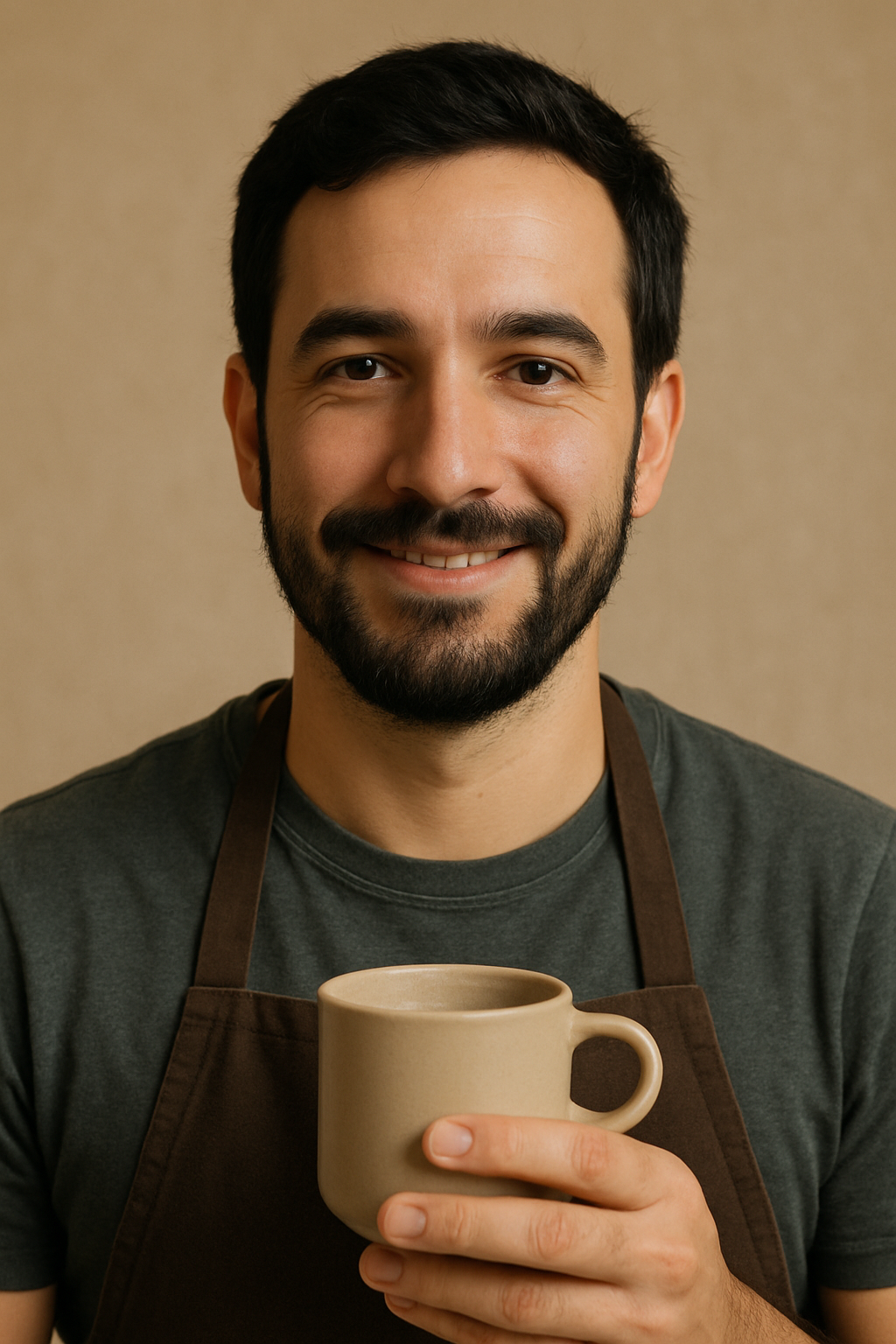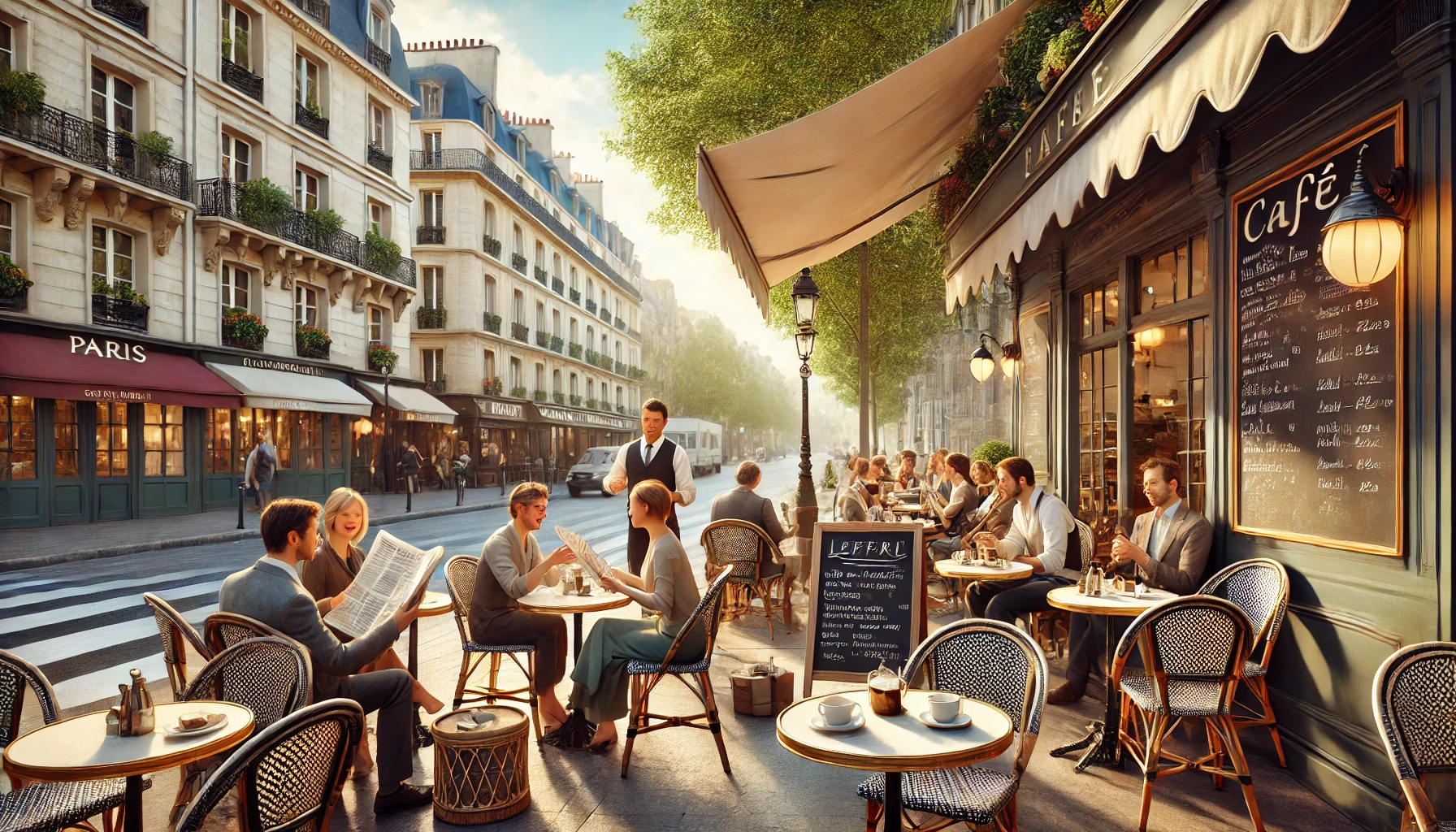To understand France is to understand its cafés. More than mere coffee shops, French cafés are institutions—places where ideas are born, revolutions are planned, books are written, and time slows down. They are woven into the cultural and intellectual fabric of the nation.
This article explores the deep roots of French café culture, its historical significance, its enduring rituals, and how it became a global model for leisurely, meaningful coffee experiences.
A Brief History: Where It All Began
Coffee first arrived in France in the 17th century, through trade with the Ottoman Empire. The first known café in Paris, Café Procope, was opened in 1686 by Italian immigrant Francesco Procopio dei Coltelli. It quickly became a gathering place for philosophers, writers, and political thinkers.
Patrons of Café Procope included legendary names like Voltaire, Diderot, Rousseau, and later Napoleon Bonaparte. These cafés were not quiet corners—they were vibrant hubs of Enlightenment thinking and social change.
By the 18th century, cafés had spread throughout Paris and beyond. By the 19th century, they had become an integral part of daily life.
Café vs. Coffeehouse: A Distinct Experience
The French café differs from other coffee traditions in several key ways:
- It’s not just about the drink. In fact, coffee is often secondary to the experience.
- Cafés offer a full social environment, often including food, wine, newspapers, and conversation.
- Time flows slowly. Unlike the grab-and-go culture of other countries, French cafés are meant for lingering.
To sit at a café is to observe, reflect, write, read, or simply watch the world pass by. This slowness is intentional, and deeply cultural.
Parisian Cafés and the Birth of Modern Thought
From the 19th through the 20th centuries, Parisian cafés became epicenters of creativity and philosophy. They served as second homes for writers, artists, and intellectuals. Some of the most famous include:
- Les Deux Magots and Café de Flore in Saint-Germain-des-Prés, frequented by Jean-Paul Sartre, Simone de Beauvoir, and Albert Camus.
- La Rotonde and Le Dôme in Montparnasse, which attracted artists like Picasso, Hemingway, and Modigliani.
These cafés were more than places to drink—they were stages for intellectual drama, debates, and revolutionary conversations.
The Ritual of Coffee in France
In France, coffee is typically served as:
- Café (espresso-style, strong and small)
- Café crème (similar to a latte, served in the morning)
- Café allongé (a longer version of espresso)
- Café noisette (espresso with a splash of milk)
Unlike Italian culture, the French enjoy their café seated, often with a croissant or pastry in the morning, or after a meal as a digestif.
But more important than the style of coffee is the ritual: reading a newspaper, chatting with a friend, writing in a journal, or simply sitting alone with thoughts.
Cafés as Mirrors of Society
French cafés have always mirrored the political and social atmosphere of their times. During the French Revolution, they were places of political debate. In World War II, many cafés became gathering points for resistance fighters and journalists.
Post-war, cafés reflected a sense of existential introspection. They were places where people sought meaning, purpose, and solidarity.
Even today, cafés play a role in reflecting the mood of the country, especially during protests, elections, or cultural shifts.
The Design and Atmosphere
The charm of French cafés lies not only in their history but in their design and atmosphere:
- Wicker chairs, often facing outward for people-watching
- Round marble tables that invite conversation
- Wooden interiors, mirrors, and soft lighting
- Chalkboard menus displaying the day’s specials
The ambiance is essential. Cafés are public-private spaces—you’re in a crowd, but you’re in your own little world.
Coffee and Conversation
In a French café, the coffee often comes after the real point of the visit: conversation. Whether it’s a romantic rendezvous, a business discussion, or a political debate, the drink is merely a companion to words.
This is part of what makes French café culture enduring—it is human-centered, not product-centered.
Café Etiquette in France
If you’re visiting a French café, it helps to know a few unwritten rules:
- Stay as long as you like—even if you order just one coffee.
- Don’t rush the waitstaff—service is intentionally slow.
- Tipping is minimal—a few coins are enough.
- Say “Bonjour” and “Merci”—manners matter.
Respect for space and rhythm is part of the experience. The café is not a transaction—it’s a moment.
Influence Around the World
The French café has inspired café culture worldwide. From Buenos Aires to Tokyo, cities have recreated the charm of the Parisian café with bistro-style seating, long stays, and artistic ambiance.
Even Hollywood has romanticized the French café in films like Amélie, Midnight in Paris, and countless others.
It’s more than nostalgia—it’s a longing for the space to think, feel, and connect in a fast-moving world.
Modern Challenges and Resilience
French cafés have faced threats in recent years, including:
- The rise of global chains and fast coffee culture
- The COVID-19 pandemic’s impact on indoor dining
- Economic pressure from tourism-focused menus
Yet cafés continue to thrive—especially those that remain authentic and community-driven. There’s a new generation of coffee artisans in Paris blending tradition with third-wave coffee techniques, reviving local pride.
Final Thoughts: The Spirit of the Café
French café culture is not defined by speed, volume, or convenience. It is about presence—being in the moment, in a place that values thought, style, and social connection.
When you sit at a café in France, you’re not just drinking coffee. You’re participating in a ritual that has shaped literature, politics, philosophy, and the very rhythm of French life.
It’s not just about what’s in the cup—it’s about everything around it.

